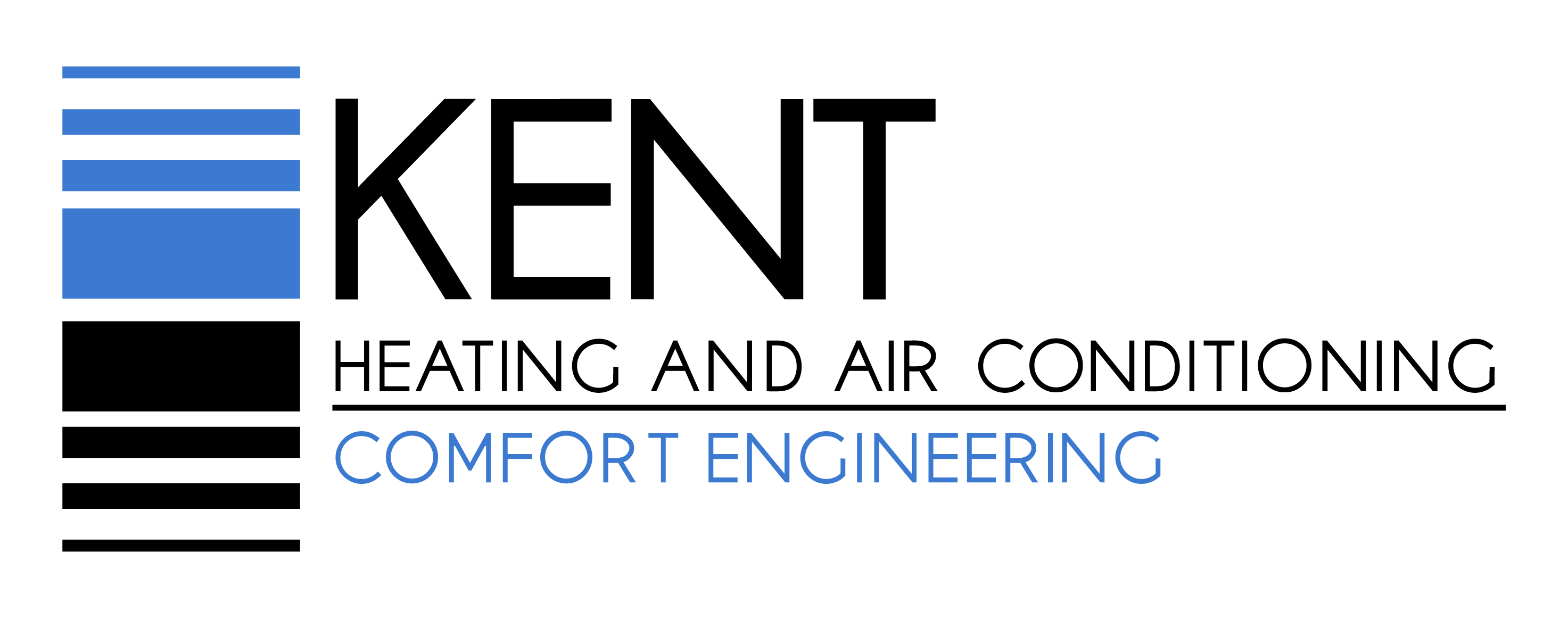The Purpose of Your Heating and Cooling System
A heating and cooling system has an unusual mandate: move heat where it’s wanted, and move heat away from where it isn’t wanted.
Understandably, most people see the purpose of a heating system as a way to stay warm in the winter and an air conditioning system as the way to stay cool in the summer. And, of course, this is correct.
Yet the systems that take care of this simple purpose accomplish their duties through a complicated, intricate and integrated set of components that – you guessed it – move heat where it’s wanted, and move heat away from where it isn’t wanted.
Essentially, furnaces push heat into the living area. Air conditioners remove the heat. This air needs a means of distributing itself into rooms (ducts plus the aid of myriad other components). And the systems need a way to regulate temperature (yes, the thermostat).
These components are served by a plethora of elements, including fans, supply air ductwork, supply air outlets, return air inlets, air chamber, filter and the heat exchanger that adds heat or removes heat from circulated air. (The air conditioning system has other components as well, including compressor and condenser.)
But here’s the point of all of the above. These complex home comfort systems have a lot underway when they are put in service during their seasons of heavy activity. Connections loosen, parts wear out, system performance lags and they lose their energy efficiency.
Home comfort systems generally have a lifespan of about 15 years, though the time of replacement depends on the equipment itself, along with the maintenance schedule. Still, operational costs increase, and breakdown repair costs add up.
To make a decision about a replacement system for your home, look for these signs: energy bills that seem too high, comfort that seems too inconsistent and performance levels that are unpredictable. If you’re experiencing frequent breakdowns, a system replacement is definitely an appropriate consideration.
To get a sense of how well your current system is performing, schedule an energy analysis and let us show you.
Trusted partners


















